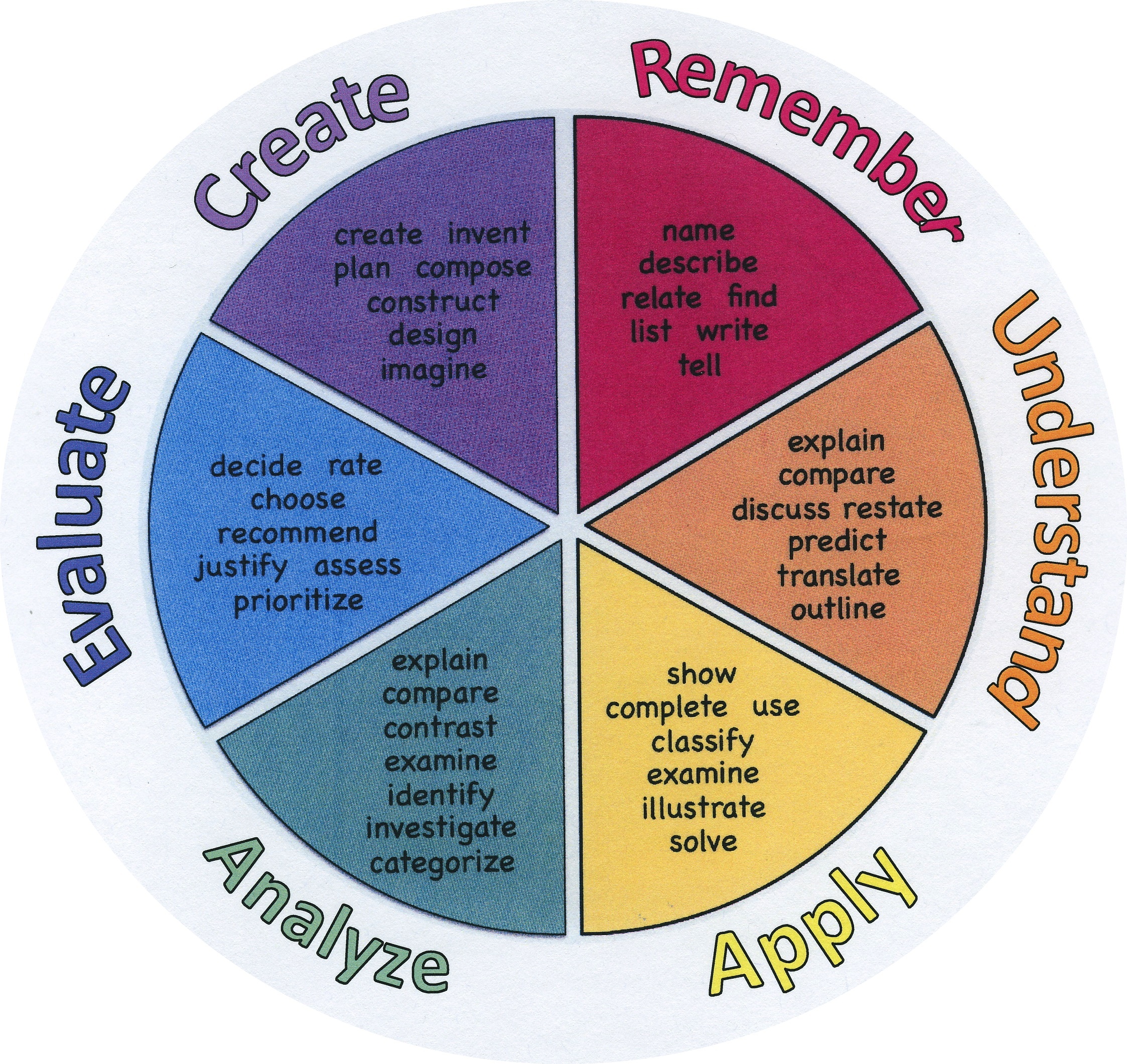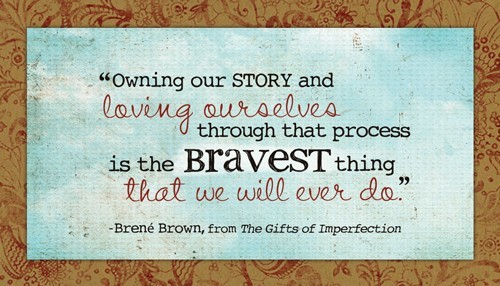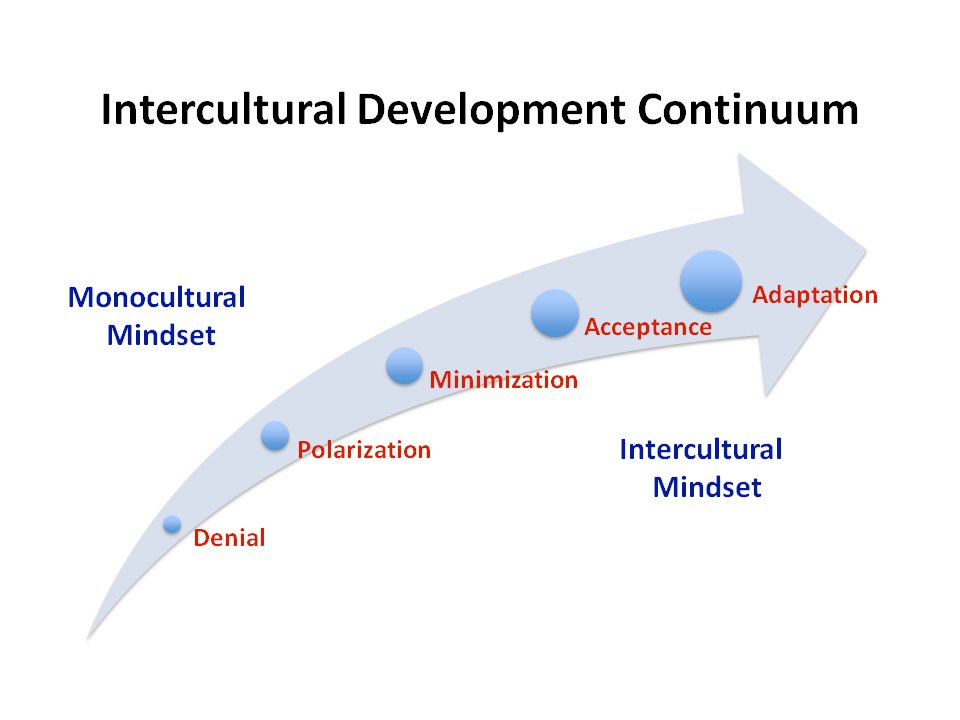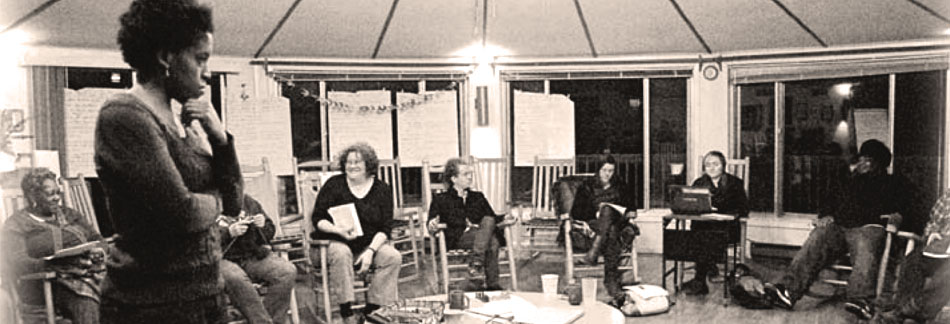Tools for Unpacking Case-in-Point Moments
Presentation for the 2013 Leadership Can Be Taught Symposium Pre-Session Training at the University of Minnesota. Titled "The bowl of noodles: tools for unpacking case-in-point moments", this presentation offers a series of "handles" for unpacking case-in-point moments in undergraduate education in order to turn them into significant learning about the practice of leadership. Each "noodle" is a handle, with the 2nd dimension of the presentation suggesting example questions and "offerings" from the instructor's own experience to illustrate ideas. The bowl of noodles is a set of these handles, each offering "nutritional" learning, some perhaps better than others depending on the situation. Yep, the metaphor is stretched a bit far... but good luck forgetting it!
Youth Studies and Social Work Researcher at Uni Minnesota. Studying methods of making research to document injustice and resistance available to young people to create social change and the political economy of data. Learner, Teacher, Friend.











